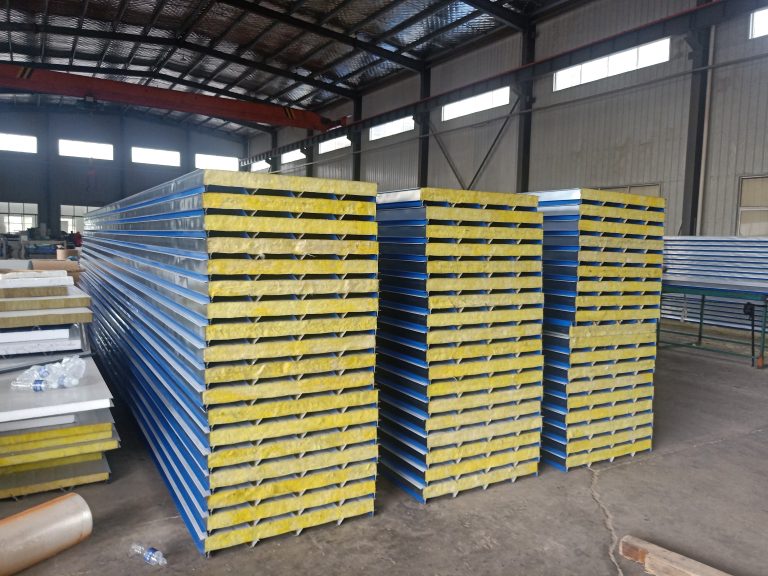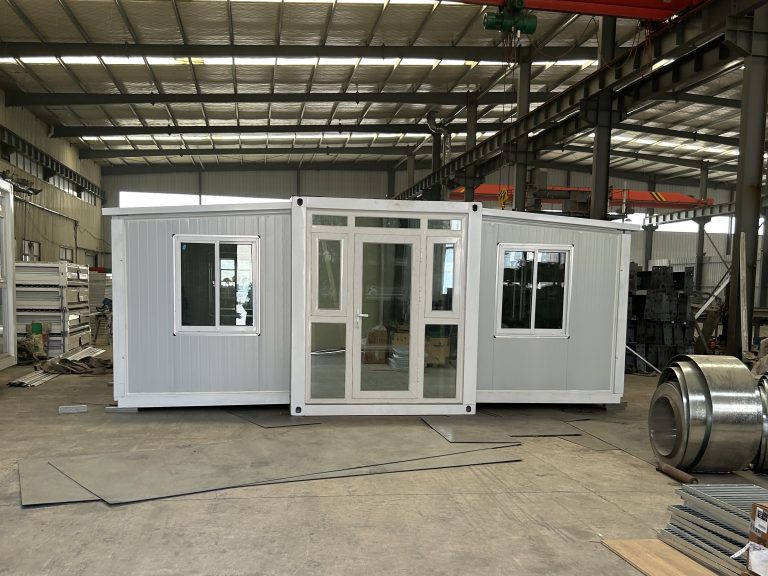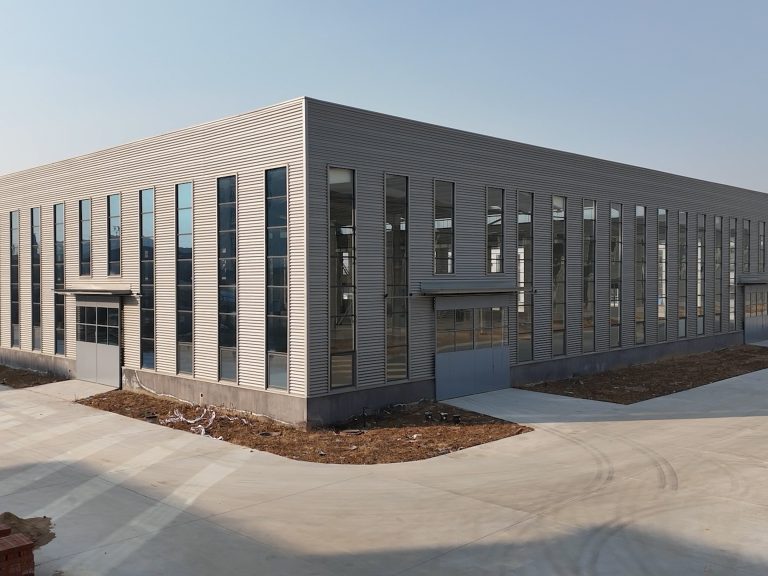Table of Contents
Advancements in Seismic Design of Steel Structures
In recent years, there has been a growing emphasis on the importance of seismic design in the construction of steel structures. With the increasing frequency of earthquakes around the world, it has become imperative to develop innovative techniques that can enhance the resilience of buildings to seismic forces. One area of focus in this regard is the development of high-efficiency seismic design methods for steel structures.
Researchers and engineers have been working tirelessly to explore new ways to improve the seismic performance of steel structures. One of the key objectives of this research is to enhance the energy dissipation capacity of steel structures during seismic events. By increasing the ability of a structure to absorb and dissipate seismic energy, engineers can reduce the likelihood of structural damage and collapse during an earthquake.

One of the most promising avenues of research in this field is the use of innovative damping devices in steel structures. Damping devices are designed to absorb and dissipate seismic energy, thereby reducing the impact of seismic forces on the structure. By incorporating damping devices into the design of steel structures, engineers can significantly enhance their seismic performance.
Another area of research that is gaining traction is the development of advanced analytical tools for seismic design. These tools enable engineers to simulate the behavior of steel structures under seismic loading conditions, allowing them to optimize the design for maximum performance. By using advanced analytical tools, engineers can identify potential weaknesses in a structure’s design and make necessary adjustments to improve its seismic performance.
In addition to damping devices and analytical tools, researchers are also exploring the use of innovative materials in the construction of steel structures. By incorporating high-performance materials into the design, engineers can enhance the strength and ductility of steel structures, making them more resistant to seismic forces. These materials can also improve the overall performance of a structure, increasing its lifespan and reducing maintenance costs.
One of the key challenges in the development of high-efficiency seismic design methods for steel structures is the need to balance performance with cost. While advanced technologies and materials can enhance the seismic performance of a structure, they can also increase construction costs. Engineers must carefully weigh the benefits of these innovations against their associated costs to ensure that they are cost-effective and practical for real-world applications.
Despite these challenges, the research on high-efficiency seismic design of steel structures continues to advance at a rapid pace. Engineers and researchers are constantly exploring new ideas and technologies to improve the seismic performance of steel structures, making them safer and more resilient in the face of seismic events. By pushing the boundaries of innovation and embracing new technologies, the construction industry is paving the way for a future where steel structures can withstand even the most powerful earthquakes.
Impact of Technical Innovation on High-Efficiency Seismic Design
Technical innovation plays a crucial role in the advancement of high-efficiency seismic design in steel structures. The impact of such innovation cannot be understated, as it has the potential to significantly improve the safety and performance of buildings during seismic events. Research in this field has led to the development of new design methodologies, materials, and construction techniques that aim to enhance the seismic resistance of steel structures.
One of the key areas of research in high-efficiency seismic design is the development of innovative structural systems that can better withstand the forces generated by earthquakes. Traditional steel structures are typically designed using moment-resisting frames or braced frames, which rely on ductility and energy dissipation to absorb seismic energy. However, these systems have limitations in terms of their ability to provide high levels of seismic resistance.
To address this issue, researchers have been exploring alternative structural systems that offer improved seismic performance. One such system is the use of buckling-restrained braces (BRBs), which are designed to provide high levels of energy dissipation and ductility. BRBs consist of a steel core surrounded by a steel tube filled with concrete, which prevents buckling of the core under seismic loads. This innovative system has been shown to significantly enhance the seismic resistance of steel structures, making them more resilient to earthquakes.
In addition to developing new structural systems, researchers have also been investigating the use of advanced materials in high-efficiency seismic design. One such material is high-strength steel, which has superior mechanical properties compared to traditional steel grades. High-strength steel allows for the design of lighter and more slender structural elements, which can reduce the overall weight of the building and improve its seismic performance.
Furthermore, the use of innovative construction techniques has also been a focus of research in high-efficiency seismic design. Prefabrication and modular construction methods have been shown to offer numerous benefits, including improved quality control, reduced construction time, and enhanced seismic performance. By prefabricating structural elements off-site and assembling them on-site, construction time can be significantly reduced, leading to cost savings and faster occupancy of the building.
Overall, the impact of technical innovation on high-efficiency seismic design of steel structures is profound. Through the development of new structural systems, advanced materials, and innovative construction techniques, researchers are paving the way for safer and more resilient buildings in earthquake-prone regions. The continuous advancement of research in this field is essential to ensure the safety and well-being of occupants during seismic events.
In conclusion, the research on technical innovation of high-efficiency seismic design of steel structures is critical for improving the seismic resistance of buildings. By developing new structural systems, utilizing advanced materials, and implementing innovative construction techniques, researchers are making significant strides in enhancing the safety and performance of steel structures during earthquakes. The impact of these advancements is far-reaching, with the potential to save lives and minimize damage in seismic events. As research in this field continues to evolve, the future of high-efficiency seismic design looks promising, with the potential to revolutionize the way buildings are designed and constructed in earthquake-prone regions.






